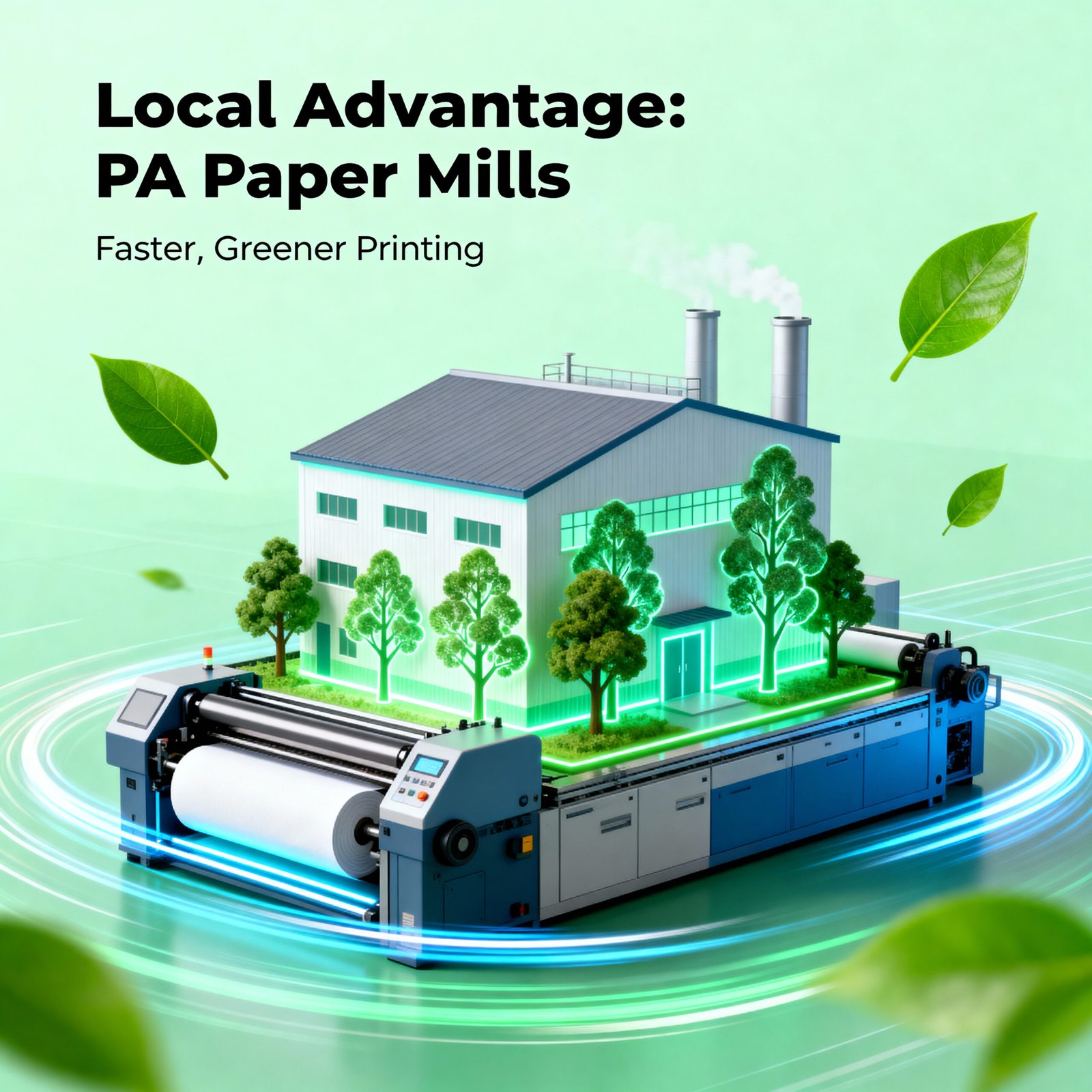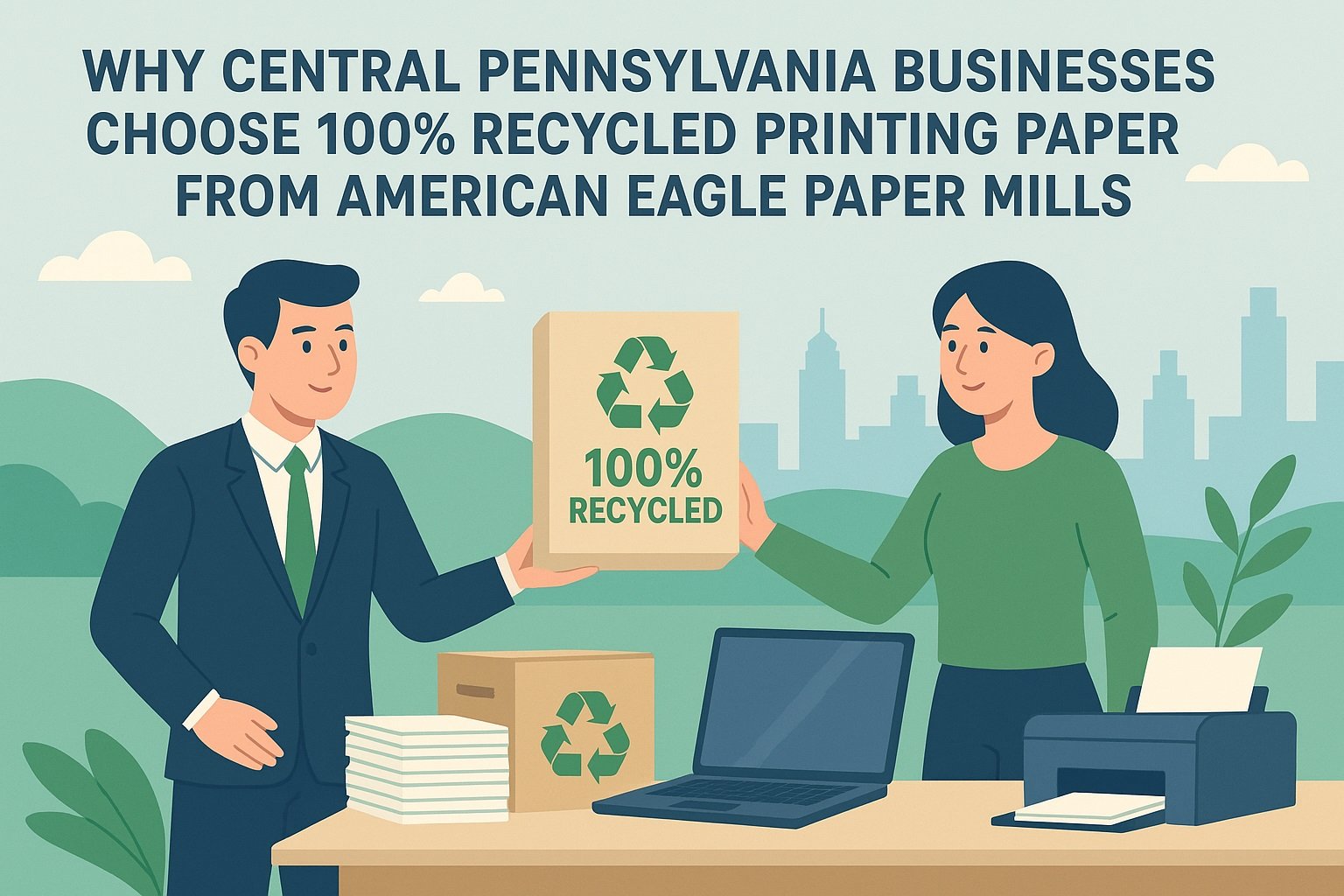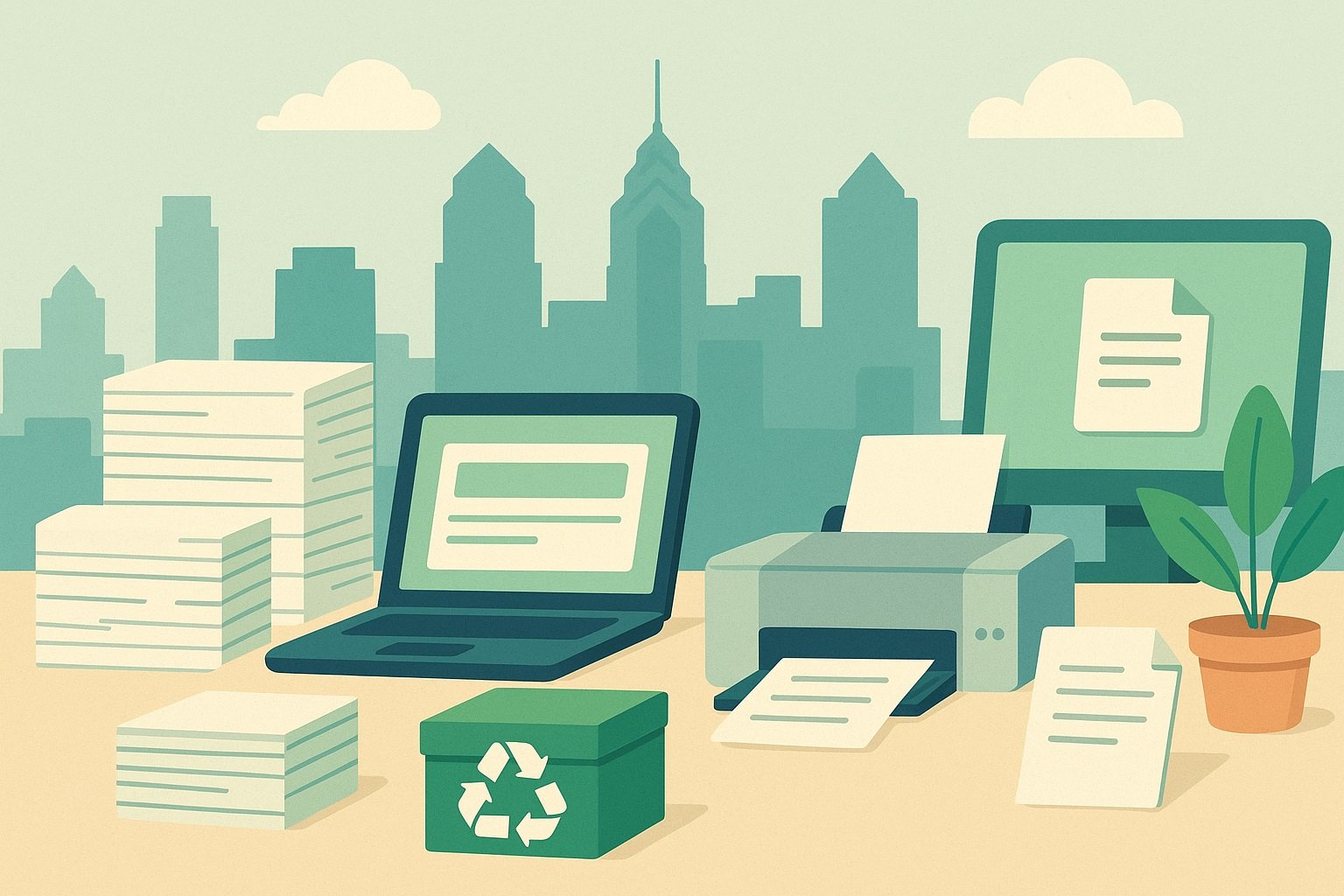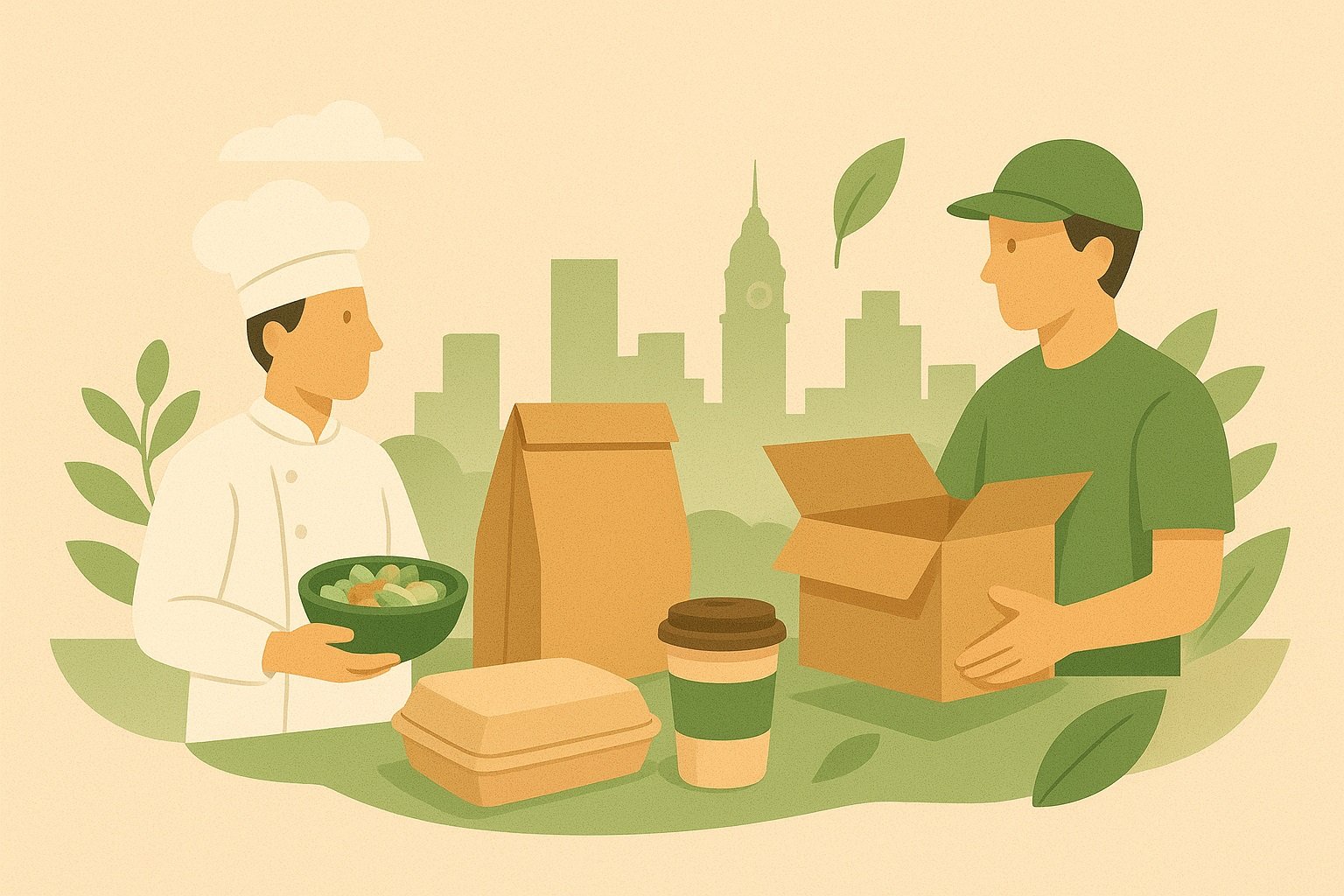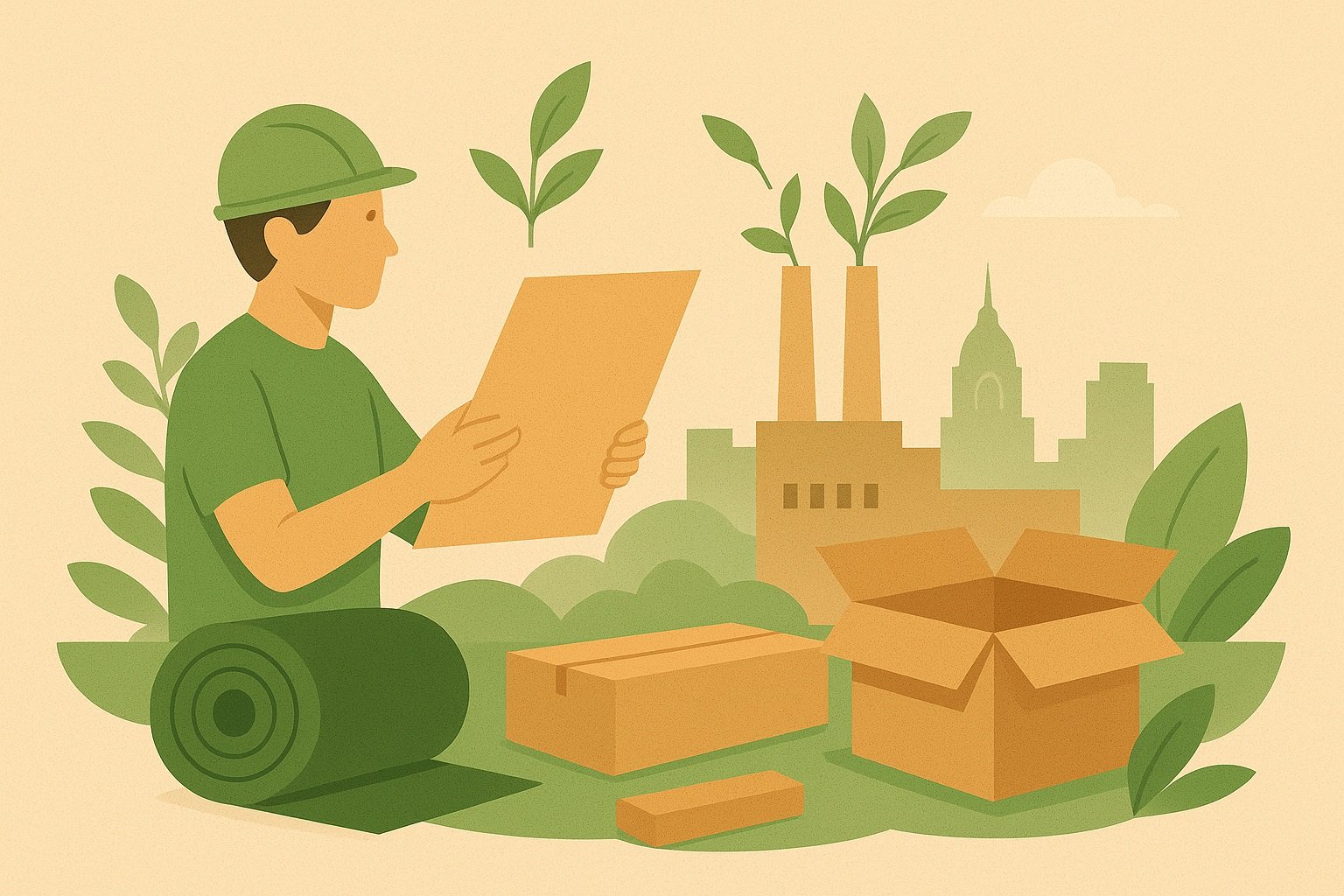A responsible production system and eco-conscious design fabricate sustainable packaging. They use and dispose of it in a way that minimizes the impact on the environment throughout its lifecycle. The approach involves utilization of renewable, recyclable, and biodegradable materials. Moreover, the manufacturing process conserves natural resources and reduces wastage. Among the many sustainable packaging options, fiber products stand out the most. Particularly, fiber plates are a practical innovation that aligns with the regulatory goals and green ethics.
What does Sustainable Packaging Stand On?
Moving towards sustainable packaging is not just about protecting the ecology. Indirectly, we humans are saving ourselves from future anomalies. The core principles of sustainable packaging consist of:
- Use of lightweight materials
- Energy-efficient plant operations that minimize carbon emissions
- Avoids discharge of harmful chemicals, or toxins, into the environment
- Readily recyclable end-products that are compatible with existing municipal systems
- Designs that are refillable or reusable
- Incorporates materials that are plant-based
- Procuring raw materials from certified sustainable origins
- Partnering with firms that believe in ethical labor practices and low-impact harvesting
- Lower fuel use from efficient stacking and local shipping
An Introduction to Fiber Products
Fiber product fall under the category of sustainable packaging and are made from agricultural residue. The fibers are extracted from the by-products, pulped, molded, and pressed into durable, light-weight, and compostable items.
Manufacturers commonly use them as an alternative to plastic and Styrofoam tableware or packaging forms.
Natural resources like sugarcane pulp, wheat straw, bamboo, palm leaves, and recycled paper pulp provide the fibers.
The products take the form of fiber plates, bowls, cups, lids, and drink trays. Furthermore, paper wraps, liners, egg cartons, food containers, and corrugated shipping boxes are among the packaging products.
Reasons Behind the High Demand for Fiber Products
Fiber Products with Environment Consciousness
Fiber plates break down naturally into organic matter within ninety days under adequate composting conditions. They do not contaminate water bodies or release microbodies into the atmosphere.
Fiber Products Compose Biobase Materials
The raw material for fiber products is obtained from fast-growing plants or agricultural discards. If not used in this way, the waste would otherwise be burnt or sent to landfills, increasing pollution. Such actions lead to reduced deforestation and also minimize carbon footprint.
Suitability and Safety
Many products are microwave-safe, freezer-friendly, and heat-resistant. They are also free from artificial coatings, toxic chemicals, and synthetic additives.
This factor ensures that the tableware and packing supplies are safe to use with hot, cold, oily, and wet foods.
Stylish, Durable, and Functional
Fiber products are now sturdy, leak-resistant, and come in diverse shapes and sizes. Their uncompromised performance has made them ideal for every day and commercial use.
They have become suitable enough to utilize in events, school lunches, and catering services.
Supports Sustainability Goals
Businesses have started to enhance their brand image through fiber products. Commitment to environmental regulations and social responsibilities attracts eco-aware customers. This sector of clientele is willing to pay a high price for sustainable packaging.
Low Carbon Footprint
The production of fiber-based products uses less energy and water, as well as emits fewer greenhouse gases.
Potential Limitations of Fiber Products
Accessibility of Composting Infrastructure
Many fiber products require industrial composting facilities to break down effectively. However, there are regions where the said commercial processing sites are not available.
Home composting is the lone solution, but it is slower and does not yield the desired result, especially for thicker and laminated fiberware.
Higher Price Point
Small businesses, as they buy in small volumes, have to bear higher per-unit costs than plastic and Styrofoam alternatives.
Eventual Moisture Absorption
The items receive surface-level treatment for resistance. Nevertheless, prolonged exposure to moisture-retained food can cause the items to soften, deform, and leak. The same scenario may be experienced for certain hot or liquid-heavy provisions.
Restricted Lifespan
Fiber products cannot tolerate humidity and temperature extremes. If not properly sealed or climate-controlled, they can warp and mold in damp storage environments.
Limited Structural Options
The fiberware does not support complex detailing and precision. Its scope is also constricted in heavy-duty or reusable packaging applications.
Unreliable Supply Chain
As the products rely on agricultural leftovers, the seasonal and regional differences can lead to supply inconsistencies and price fluctuations.
Insufficient Recycling Channels
The fiber plates and other products cannot be discarded through regular curbside systems or household bins. Mistaken disposal can contaminate other recyclables.
Inaccurate Sustainability Claims
Some falsely mark themselves as being compostable and eco-friendly. Consumer unawareness can lead to littering or improper disposal.
The Future of Fiber Products
- Incorporating the use of unconventional raw materials like banana leaves, marine plants.
- Boosting domestic production.
- Expanding design customizations to cater to individual brands.
A Convenient Packaging Solution
Elevate your business with American Eagle Paper Company Inc sustainable packaging solutions. Our reliable and eco-friendly fiber plates and fiber products are perfect for any occasion. Trust our team to handle everything with care and protection.

